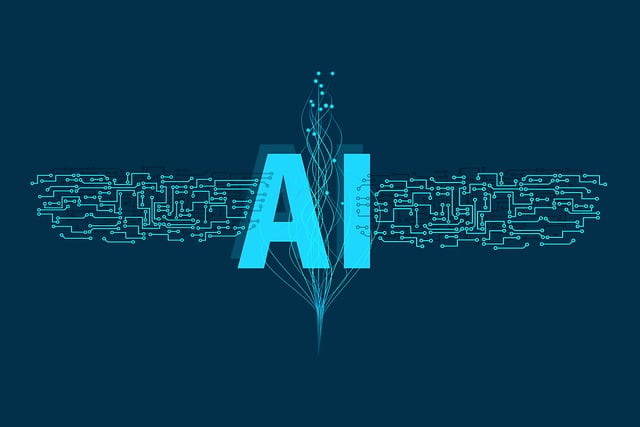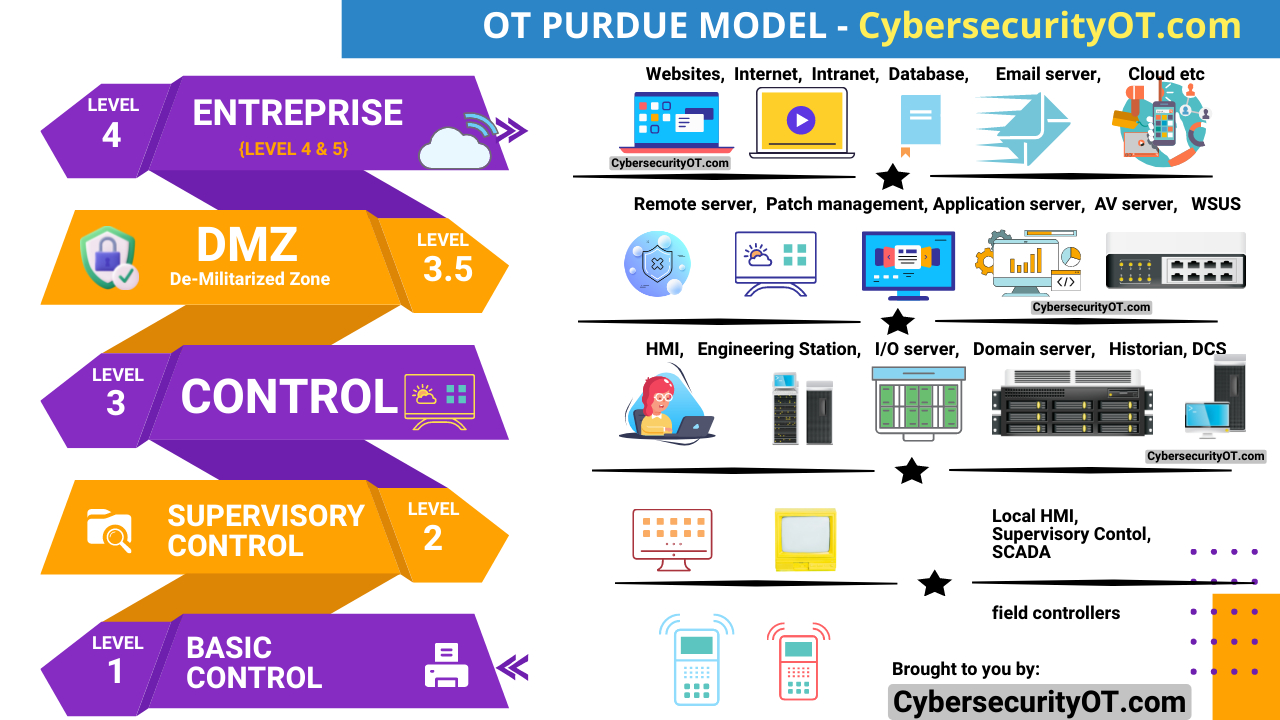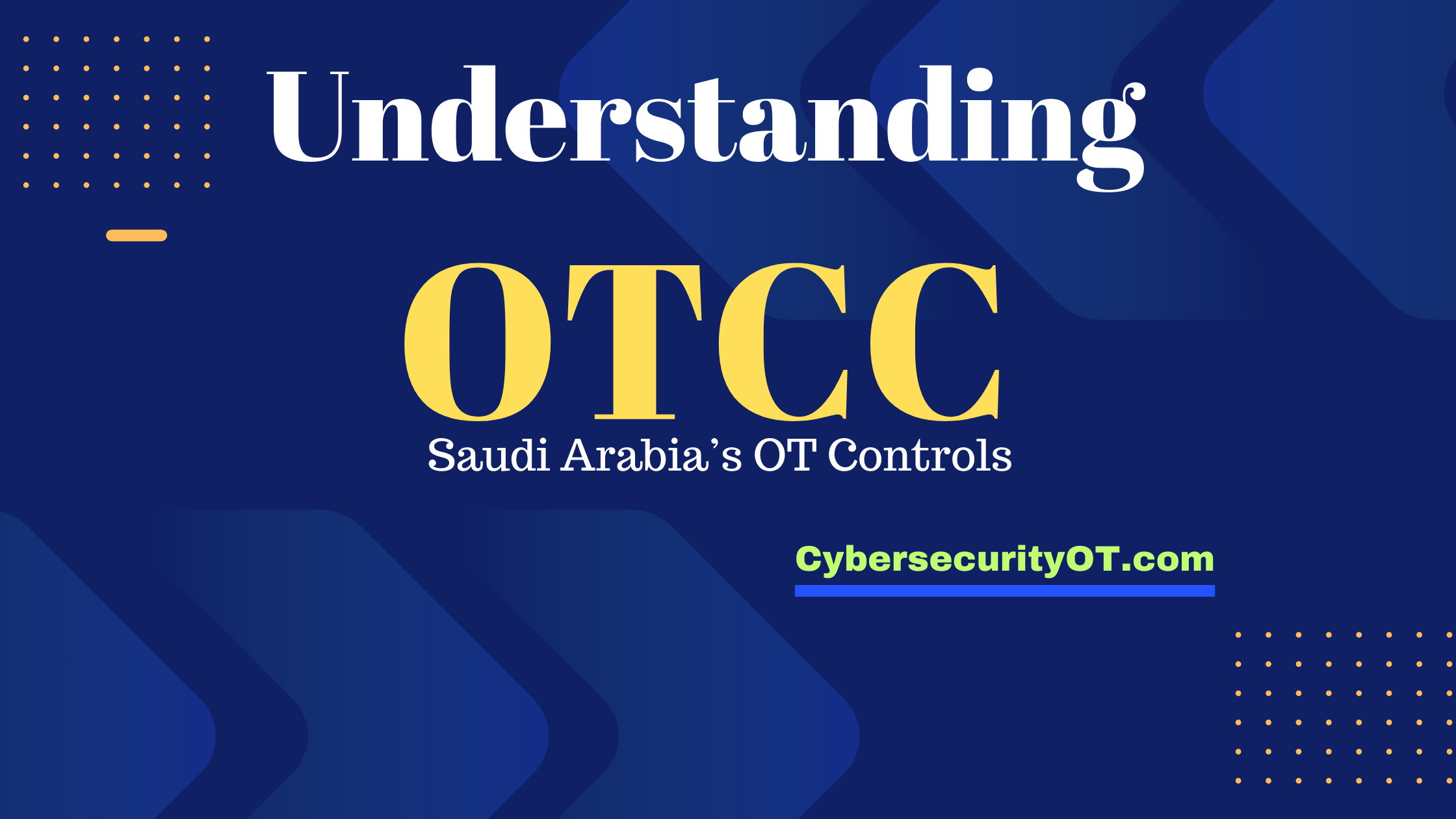While AI growth is going at an unprecedented phase, there are major concerns about utilizing AI in an Operational Environment.
Challenges in Implementing AI in OT Security:
- Data Complexity and Quality: OT environments generate vast amounts of heterogeneous data from diverse sources, making it challenging to collect, normalize, and analyze for AI-based security solutions. Ensuring the accuracy and reliability of OT data is critical for the effectiveness of AI algorithms.
- Integration with Legacy Systems: Many OT systems are built on legacy infrastructure with limited interoperability and compatibility with modern AI technologies. Integrating AI solutions into existing OT environments without disrupting operations can be complex and resource-intensive.
- Regulatory Compliance: Critical infrastructure companies operating in regulated industries must comply with strict cybersecurity standards and regulations. Implementing AI-based OT security solutions while ensuring compliance with industry-specific requirements poses additional challenges related to data privacy, auditability, and accountability.
- Skill Gap and Training: Deploying and managing AI-based OT security solutions requires specialized skills and expertise in both cybersecurity and OT domains. Bridging the skill gap and providing adequate training for personnel responsible for operating AI technologies is essential for successful implementation.
- Safety and Reliability: OT systems are designed to prioritize safety and reliability, and any changes or interventions, including AI-based security measures, must not compromise these core objectives. Ensuring that AI algorithms do not introduce unintended consequences or false positives/negatives that could impact operational safety is paramount.











